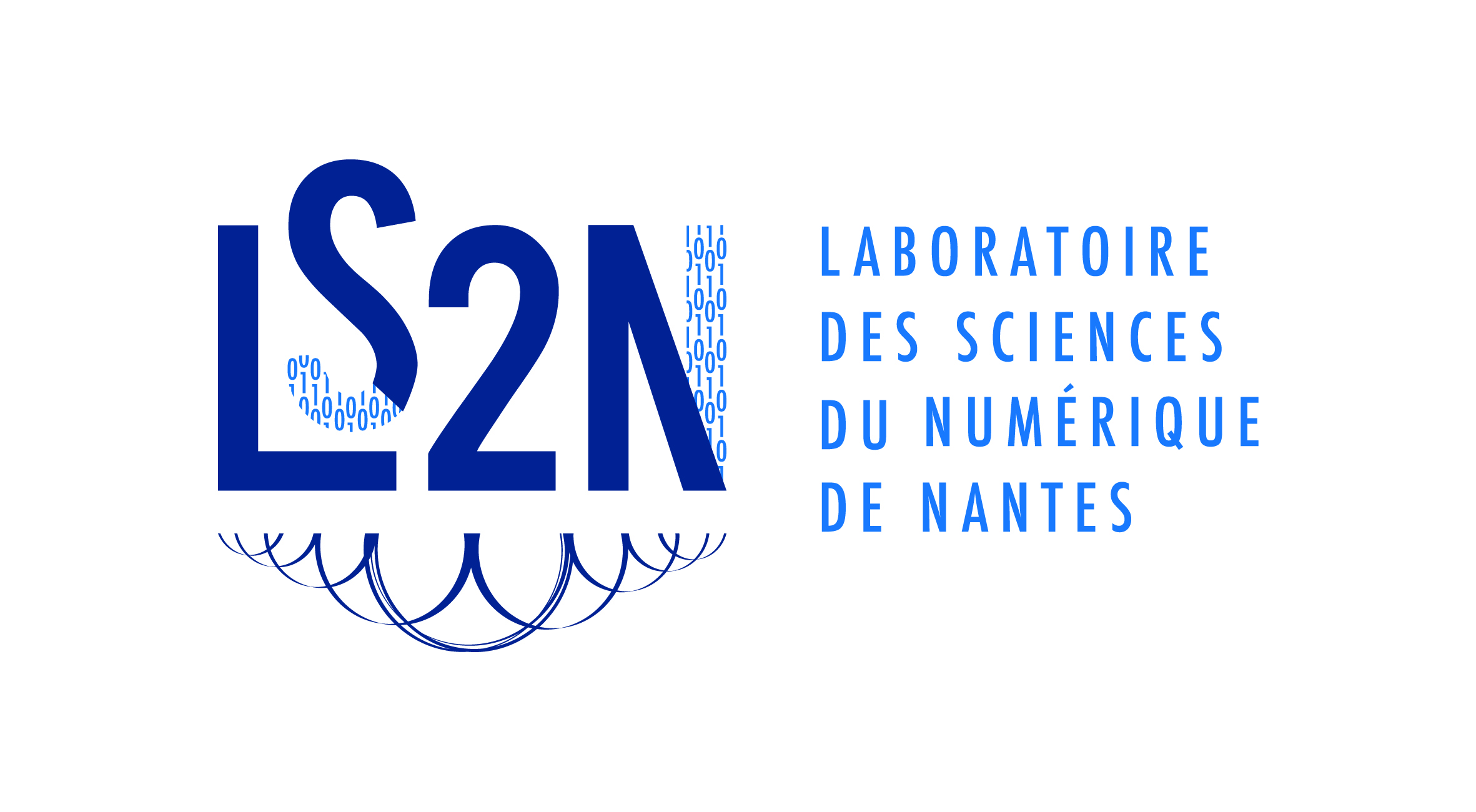Modeling Self-adaptive Fog Systems Using Bigraphs
Modeling Self-Adaptive Fog Systems Using Bigraphs
Résumé
Fog systems are a recent trend of distributed computing having vastly ubiquitous architectures and distinct requirements making their design difficult and complex. Fog computing is based on an idea that consists of leveraging both resource-scarce computing nodes around the Edge to perform latency and delay sensitive tasks and Cloud servers for the more intensive computation. A convenient way to address the challenge of designing Fog systems is through the use of formal = methods, which provide the needed precision and high-level assurance for their speci
cation through formal veri
cation. In this paper, we present a novel formal model de
ning spatial and structural aspects of Fog-based systems using Bigraphical Reactive Systems, a fully graphical process algebraic formalism. The model is extended with reaction rules to rep- resent the dynamic behavior of Fog systems in terms of self-adaptation. The notion of bigraph patterns is used in conjunction with boolean and temporal operators to encode spatio-temporal properties inherent to Fog systems and applications. The feasibility of the modelling approach is demonstrated via a motivating case study and variou self-adaptation
scenarios.
Origine : Fichiers produits par l'(les) auteur(s)
Loading...

